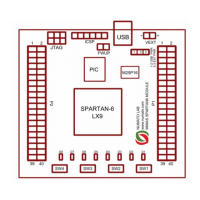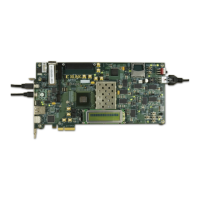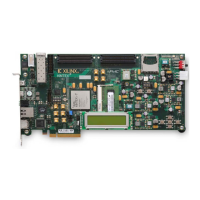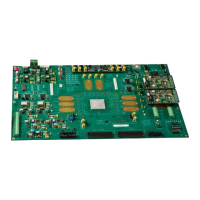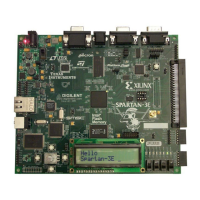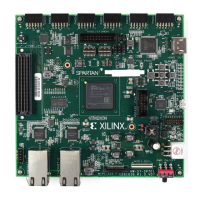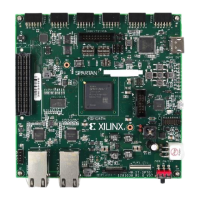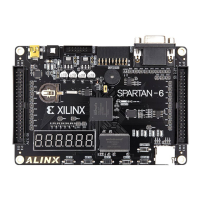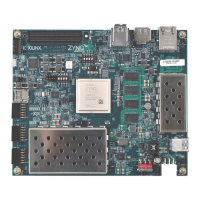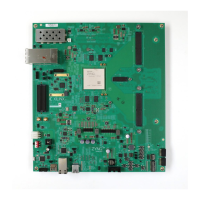Spartan-6 FPGA PCB Design and Pin Planning www.xilinx.com 23
UG393 (v1.1) April 29, 2010
Basic PDS Principles
Requirements for choosing decoupling capacitors:
• For a specific capacitance value, choose the smallest package available.
- or -
• For a specific package size (essentially a fixed inductance value), choose the highest
capacitance value available in that package.
Surface-mount chip capacitors are the smallest capacitors available and are a good choice
for discrete decoupling capacitors:
• For values from 100 µF to very small values such as 0.01 µF, X7R or X5R type
capacitors are usually used. These capacitors have a low parasitic inductance and a
low ESR, with an acceptable temperature characteristic.
• For larger values, such as 100 µF to 1000 µF, tantalum capacitors are used. These
capacitors have a low parasitic inductance and a medium ESR, giving them a low Q
factor and consequently a very wide range of effective frequencies.
If tantalum capacitors are not available or cannot be used, low-ESR, low-inductance
electrolytic capacitors can be used, provided they have comparable ESR and ESL values.
Other new technologies with similar characteristics are also available (Os-Con, POSCAP,
and Polymer-Electrolytic SMT).
A real capacitor of any type then not only has capacitance characteristics but also
inductance and resistance characteristics. Figure 2-5 shows the parasitic model of a real
capacitor. A real capacitor should be treated as an RLC circuit (a circuit consisting of a
resistor (R), an inductor (L), and a capacitor (C), connected in series).
Figure 2-6 shows a real capacitor’s impedance characteristic. Overlaid on this plot are
dashed-line curves corresponding to the capacitor’s capacitance and parasitic inductance
(ESL). These two curves combine to form the RLC circuit’s total impedance characteristic,
softened or sharpened by the capacitor’s ESR.
X-Ref Target - Figure 2-5
Figure 2-5: Parasitics of a Real, Non-Ideal Capacitor
C
ESL
ESR
ug393_c2_05_091809
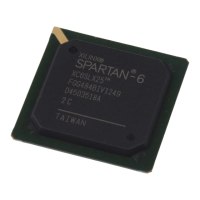
